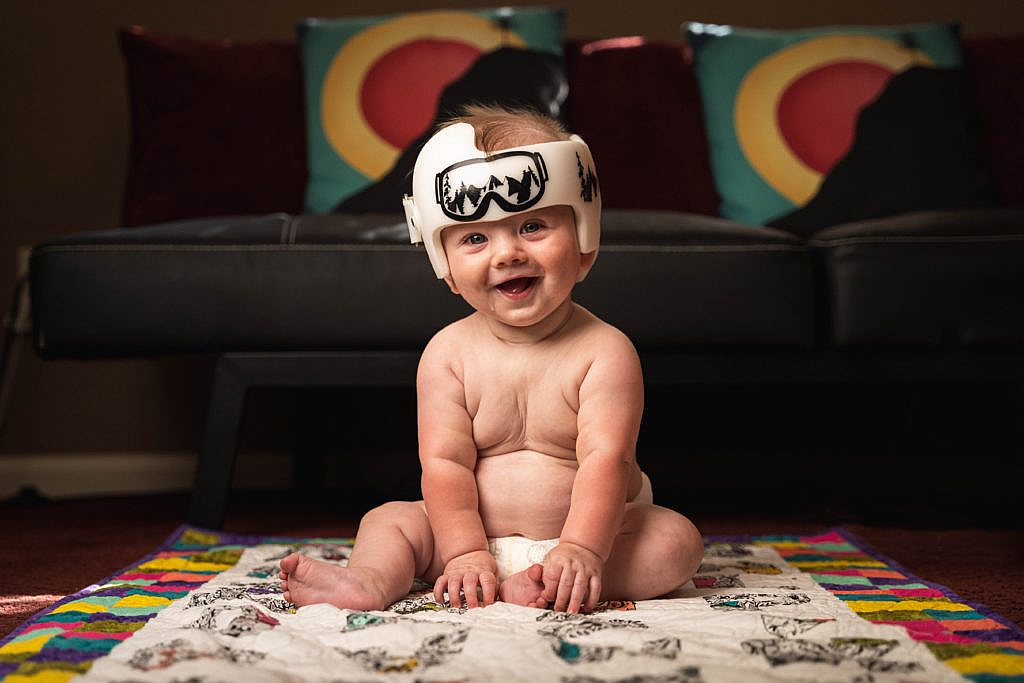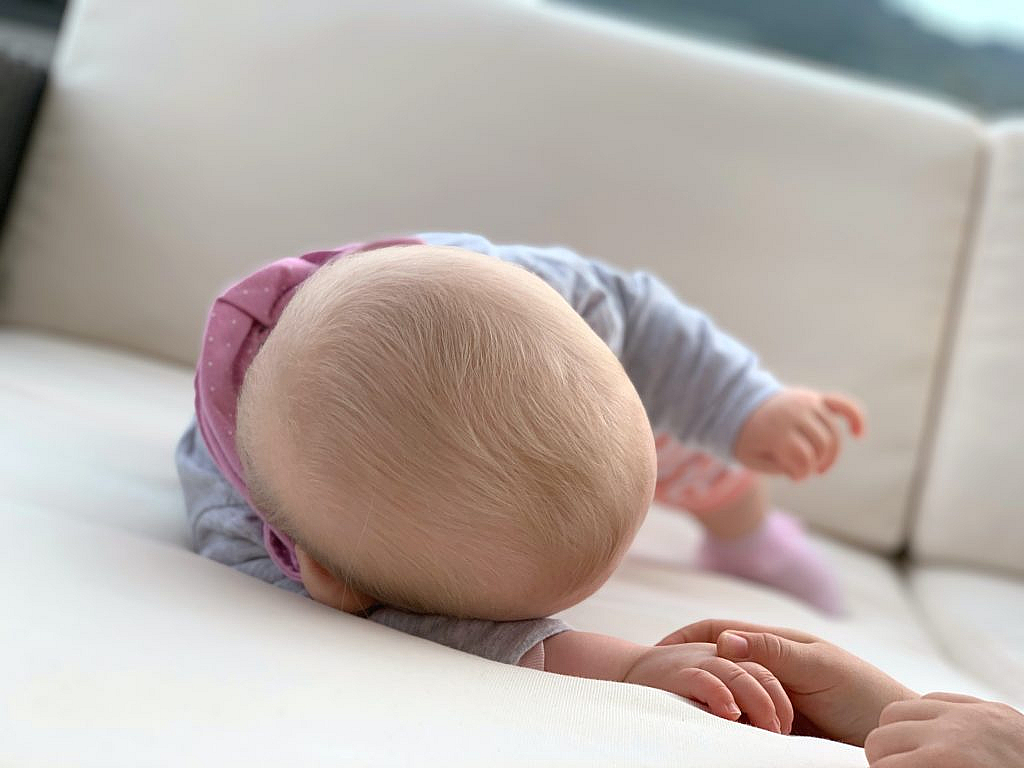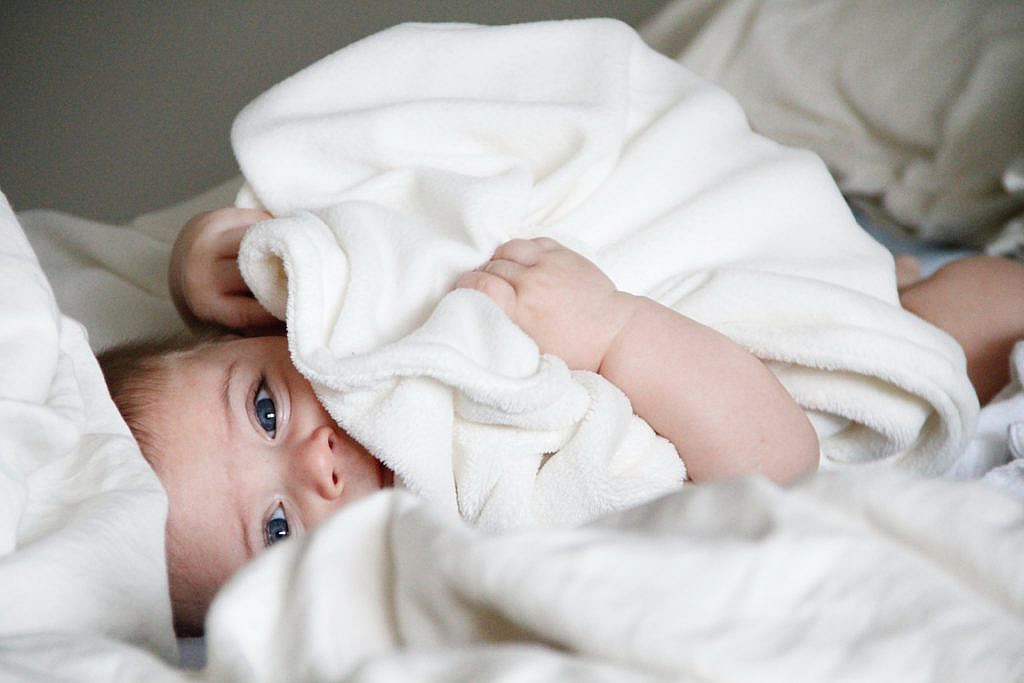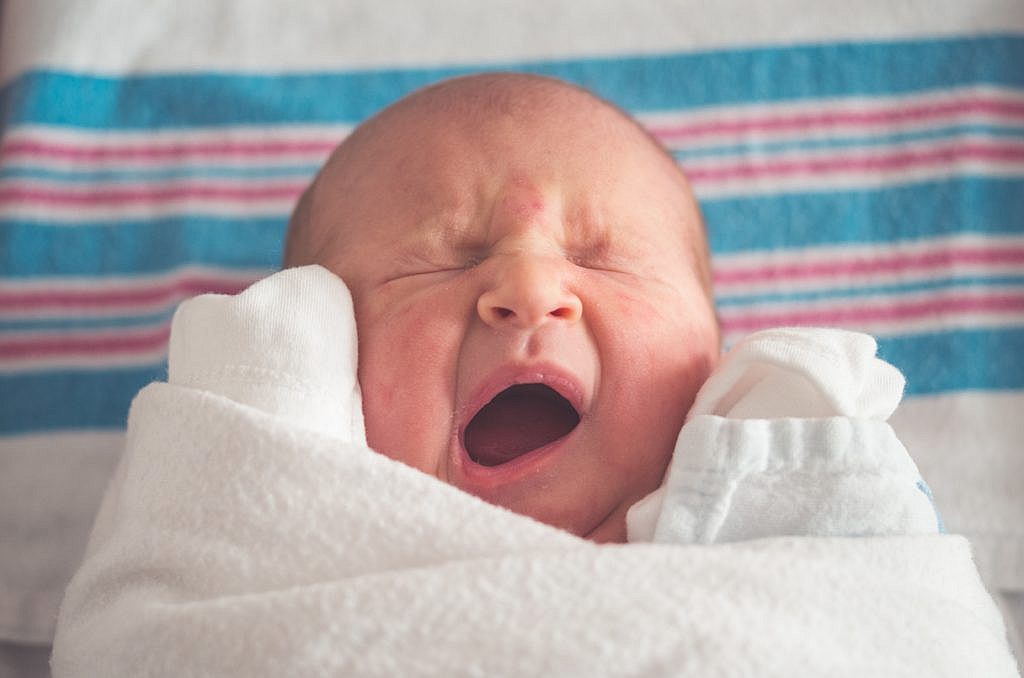The journey of a mother and a newborn is similar in that it is both beautiful and challenging as they both are learning and developing over time. Hence, moms, it is essential to be updated to provide the best care to our children. And the first step is to fight the old-school myths with some research. Newborns have different shapes of heads, but for mommies, it’s actually a million-dollar question about how to get the perfect round head for your babies. As moms, we take admiration in making the round head of our children and see this as proof of our effective parenting. But only some of us know what really causes babies to have flat heads and how to prevent it. Let’s just see how the baby’s head shape changes in a few months with time.

Hard Things and Baby’s Head Shape
Although moms frequently struggle to maintain their infants’ heads ideally round, many newborns have somewhat uneven heads, which is extremely normal. Baby’s head gets flattened as a result of spending a whole lot of time lying on their back. Flat surfaces like hard plates don’t affect your baby’s head surface, but there are many other reasons why they may have it. According to an article published by Healthline.com, newborn babies’ skull bones are soft and delicate as compared to older children; hence, it change shape if there is constant pressure on a particular side of the head.
Complete guide to spotting a fake Rolex watch. Make sure to buy from a trusted secondary-market dealer or authorized retailer.
Our shop Cartier replica watches are designed in a similar way to the originals.
What changes baby head shapes:
The fact that many newborns have unbalanced or pointed heads is quite natural. Instead of having hard skulls, newborns are born with relatively thin, flexible bones, which makes it simpler for them to fit through the birth canal. However, because of the pressure from laying on a mattress or in a baby cot during the first few months of life, your infant may develop a flat area on their head. The soft parts on newborns’ heads are called fontanels, which tend to fuse with time. These areas give room to the skull for growth as the baby grows. In cases when the baby’s head changes shape after birth, the cause is the pressure applied on parts of the baby’s head while they are lying flat in one position.

As we now know, the skull bones of newborns are soft and delicate; thus, it is also instructed health care professionals to handle it with great care and attention. It is a common practice in our household that we leave our babies to play while they lie on their backs. Other than that, in the early 6-7 months, when the babies can’t turn on their own, lying flat is their best option. Hence, long-term pressure on the same parts of the head leads to uneven head shape. This is known as positional plagiocephaly.
Positional plagiocephaly is a condition in which specific areas of an infant’s head develop an abnormally flattened shape and appearance. Occipital plagiocephaly causes a flattening of one side of the back of the head and is often a result of the infant consistently lying on his or her back. Check out other causes why your baby may have a flat spot.
But mommies, you will be relieved to know that positional plagiocephaly or flat heads are not that big of an issue and pose no serious complications to babies’ brain development rather it is an aesthetic concern of most mothers, which is generally resolved as the baby grows and becomes mobile. Since positional plagiocephaly is more of a cosmetic issue than a serious health concern. Flat spots due to pressure don’t cause brain damage or interfere with the baby’s development. Here are some tips on how you can prevent positional plagiocephaly in your babies

— as it’s important to know that the safest way babies should be put to sleep is on their backs. But babies who always sleep with their heads on the same side can develop flat spots. So, make sure you change the orientation of the head each time you lay them on their back so the pressure is equally divided.
—you should always give your baby some playtime on their bellies, set a timer each day for 3-5 minutes, under supervision while your baby is awake.
–hold your baby upright in your arms when they are not sleeping, and carry them around to relieve the pressure from the head.

Flatheads in kids are most prevalent between 6 weeks and 2 months of age, and they nearly usually go away entirely by age 2, especially if parents and other caretakers constantly change the positions in which the infant is placed while awake. If frequent tummy time and head position changes don’t improve head unevenness in the first 6 months, it’s time to see your pediatrician or physician. Other long-term therapies are also recommended by doctors, but in the majority of the cases, the unevenness goes as the baby grows. Mild plagiocephaly can be prevented and goes on its own, but it’s always best to consult a doctor when you see anything abnormal.





















